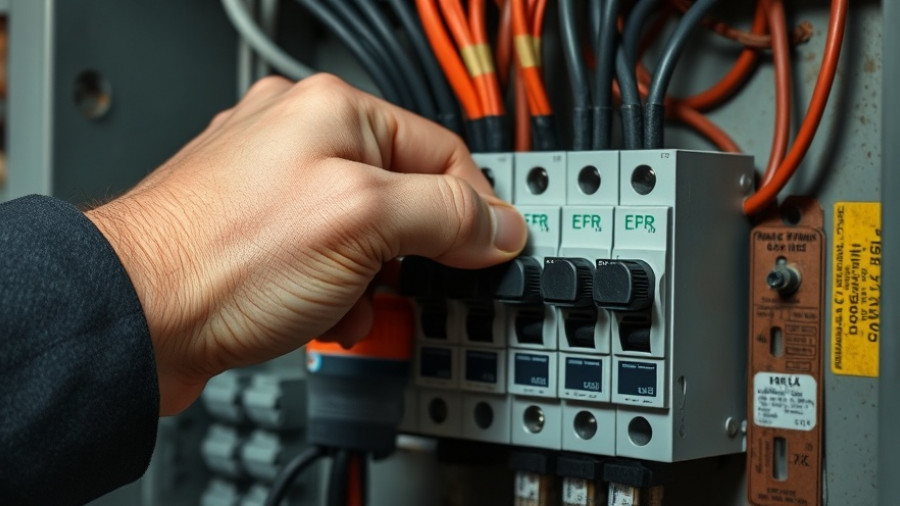
Rethinking Carpet Care: A Sustainable Approach
When faced with water-damaged carpets due to leaks or flooding, the instinctive reaction for many homeowners is to replace them. However, this article explores a more sustainable option: drying and restoring your water-damaged carpet instead. Beyond potential savings, this approach significantly reduces your environmental footprint.
Why Choose Restoration Over Replacement?
Replacing a carpet is not just about acquiring a new flooring solution. It entails a series of environmental impacts that many overlook. For instance, carpeting largely consists of synthetic fibers such as nylon and polyester, derived from petroleum. The production of these materials demands vast quantities of water, energy, and contributes to greenhouse gas emissions. Moreover, natural fiber options like wool, despite being organic, still require substantial farming and processing resources.
When you discard your old carpet, it usually ends up in landfills, where it may take centuries to decompose. Synthetic materials can release harmful chemicals and microplastics during this process, jeopardizing local ecosystems and groundwater. By opting for restoration, you contribute positively to sustainability by preventing this waste.
Energy and Resource Considerations
Comparatively, the process of drying a carpet is far less resource-intensive than manufacturing a new one. Running a dehumidifier and fans for a few days pales in comparison to the extensive processes involved in creating, shipping, and installing a new carpet, which includes transportation and extensive energy consumption. The restoration process also requires zero additional packaging, making it an efficient, eco-friendly choice.
Longevity: Extending Carpet Life
One effective way to adopt sustainable living practices is to maximize the life cycle of your products. Carpets are designed to endure for years when cared for properly. If drying is accomplished promptly—within 24 to 48 hours—most carpets can be effectively restored, avoiding issues like mold growth and persistent odors. This extension of your carpet's lifecycle resonates with the core principles of green living, focusing on valuing existing resources instead of succumbing to a throwaway culture.
The Advancements in Drying Technologies
Thanks to modern cleaning innovations, the restoration process for carpets has improved significantly. Cutting-edge technologies like high-powered extractors and industrial dehumidifiers reduce the risk of mold and enhance the overall cleanliness of carpets. In many cases, carpets restored through professional services end up looking and smelling even better than before water damage occurred.
Safety and Health Considerations
The primary concern of many homeowners considering restoration is often related to health risks. However, with the proper restoration techniques, many of these concerns can be alleviated, making the decision to dry your carpet a safe and smart choice for both your home and the environment.
Conclusion: A Greener Choice for Homeowners
Deciding to dry and restore your water-damaged carpet not only benefits the environment but also saves you money and adds to the longevity of your home’s flooring. The next time you face water damage, consider restoration before jumping to replacement. It’s a practical decision that underscores the value of responsible homeownership in today's eco-conscious society.
 Add Row
Add Row  Add
Add 




Write A Comment